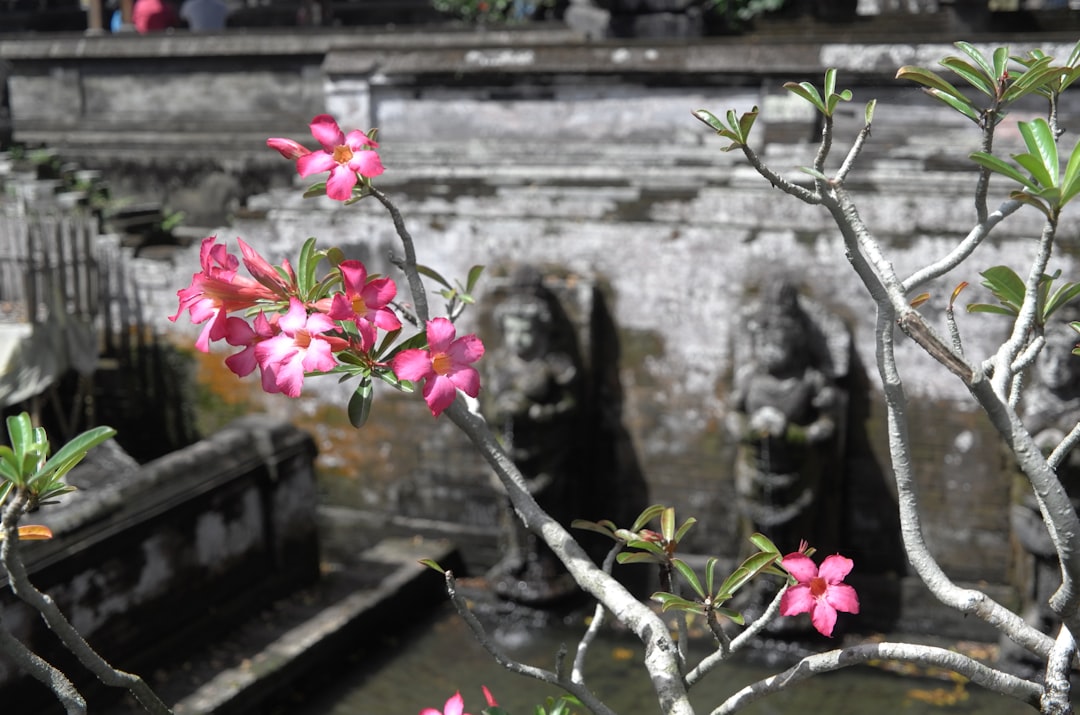Related
Essential Culture Practices for Holistic Well-being
A comprehensive guide to understanding Essential Culture Practices for Holistic Well-being and incorporating these practices into your daily...
Popular topics
03 min reading in—Culture
Discover the transformative power of embracing global mindfulness with holistic practices from diverse cultures. This post explores rich traditions—from Japanese Zen meditation to Indian Ayurveda—that nurture mind, body, and soul. Dive deep into these age-old practices to enhance your wellness journey and cultivate a balanced, harmonious life.

In today's fast-paced world, the quest for mindfulness and holistic wellness is becoming more prominent than ever. But did you know that the practices that support our well-being are as varied and diverse as the cultures around the globe? Each culture offers a unique perspective on how to achieve inner peace, balance, and holistic health. This blog post will guide you through some fascinating holistic practices from around the world that you can incorporate into your daily life, enriching your wellness journey with global wisdom.
Japan is renowned for its longevity and the deep sense of purpose, or "Ikigai", they cultivate in everyday life. A key element of this is their mindful connection to food.
The Japanese practice of mindful eating emphasizes savoring each bite, which not only enhances appreciation for food but also allows for better digestion.
Common rituals such as beginning a meal with "Itadakimasu" — a phrase expressing gratitude for the food — foster a mindfulness that can enhance your relationship with what you eat.
India's ancient science of Ayurveda presents a holistic system of healing that connects physical, mental, and spiritual health with the natural world.
Ayurveda centers around balancing three doshas — Vata, Pitta, and Kapha, which form one’s constitution. Understanding your dosha can guide you in choosing foods, exercises, and daily routines.
Ayurveda emphasizes living in tune with the seasons, tailoring your diet and lifestyle accordingly to maintain balance throughout the year.
Tai Chi, often described as "meditation in motion," is a practice from China that integrates mindfulness with gentle physical movement, promoting tranquility and health.
With its slow, focused movements, Tai Chi enhances flexibility and strength while simultaneously calming the mind.
Research indicates that Tai Chi can improve balance, relieve stress, and increase overall vitality, proving it as a valuable element of a holistic health routine.
The Italian concept of "Dolce Far Niente," which translates to "the sweetness of doing nothing," encourages embracing leisure without guilt.
Italian culture finds value in taking time to enjoy life's simple pleasures, fostering a mindset that prioritizes quality over quantity.
This practice promotes a healthier work-life balance and cultivates joy and relaxation within our busy schedules.
Exploring and embracing global mindfulness practices allows us to enrich our lives with diverse perspectives on holistic wellness. By incorporating these cultural wisdoms into our daily routines, we can create a more balanced, healthy, and fulfilling life. Whether it's mindful eating from Japan, nature-aligned living of Ayurveda, meditative movement with Tai Chi, or savoring the simple pleasures as the Italians do — each of these practices offers something valuable. It’s about finding what resonates with you and embracing it with an open heart.
So why not embark on a journey to explore and practice holistic wellness the way different cultures do? You might just discover new facets of joy and tranquility that transform your life in beautiful ways. Let’s celebrate the richness of the world's wellness practices, nurturing our global community of balance and harmony.
Related
A comprehensive guide to understanding Essential Culture Practices for Holistic Well-being and incorporating these practices into your daily...
Related
Unlock the secrets of ancient healing with "Discover the Healing Power of Global Wellness Rituals." Dive into time-honored practices from around...
Related
Discover the power of timeless traditions in "Unlocking Ancient Wisdom: Cultural Practices for Holistic Wellness." Dive into global rituals and...